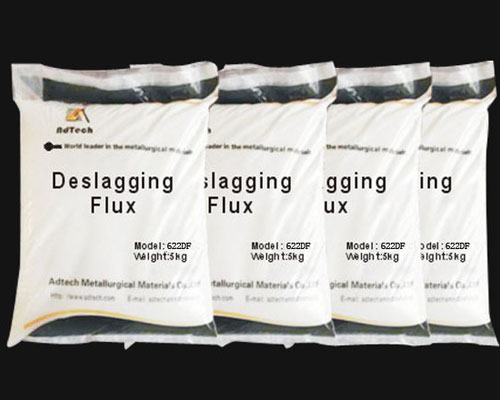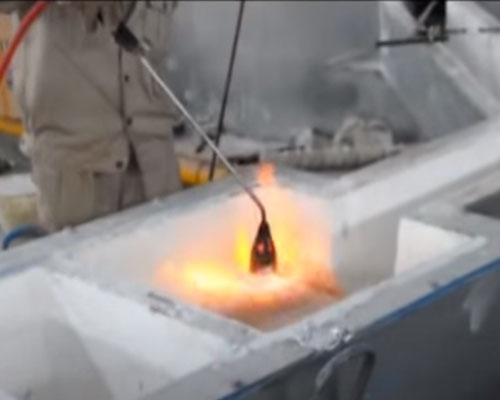“Degassing” generally refers to the removal of gases from the alloy, while “refining” refers to the removal of inclusions in the alloy. The purpose of degassing refining is to remove or reduce oxide inclusions and gases as much as possible to improve the degree of metal purification. Therefore, degassing and refining are often referred to as purification treatments.
Due to the different varieties and uses of aluminum alloys, the purity of the melt is required. Generally, the hydrogen content should be less than 0.2ml/100gal, but for aviation materials with special requirements, the hydrogen content should be less than 0.1ml/100gal. It is difficult to have quantitative requirements for non-metallic inclusions because they cannot be accurately quantified.
There are many purification methods for aluminum and aluminum alloys, which can be divided into two categories: furnace purification and external purification. At present, refining agents and ceramic filter purification have been widely used in the world. Some large and medium-sized aluminum processing plants have also introduced online processing equipment, such as AdTech online degassing equipment, to further improve the melt quality.

Flux Refining
Flux refining is mainly achieved by adsorbing and dissolving oxide inclusions in the flux. Commonly used refined preparations are based on chloride, adding fluoride such as CaF2, Na3AlF6, etc. to absorb and dissolve Al2O3, so as to achieve the maximum purification effect. They can remove oxide inclusions and some gases, but not completely. During the refining process, the temperature of molten aluminum should be adjusted to be 20-30°C higher than the casting temperature. The flux is spread on the surface of the molten aluminum alloy. Because the flux density used in aluminum alloys is less than that of liquid aluminum, they all float on the aluminum. After stirring for 5-10 minutes, then let it stand for 5-10 minutes, then remove the slag on the alloy and sprinkle the covering agent. After refining, molten aluminum can be cast.
Degassing Unit
The system consists of two parts: degassing unit and filtering unit. The filter unit mainly filters impurities in molten aluminum through a ceramic foam filter.
On-line degassing equipment: the inert gas flows through the rotor of the nozzle to form dispersed small bubbles. At the same time, while stirring the melt through the rotor, the bubbles are evenly dispersed in the entire melt, adsorbing hydrogen and inclusions, thereby producing the effect of purifying exhaust gas and removing slag.

Ceramic Foam Filter Purification
Ceramic foam filter is a new type of ceramic filter material. Generally, filter plates with a thickness of 50mm and a length and width of 200-600mm are manufactured, and the porosity is as high as 0.8-0.9. When the foam ceramic plate filters the molten aluminum, the inclusion particles are retained by the ceramic foam filter plate.

The total amount and cleanliness of liquid aluminum do not affect the filtering effect, but only affect the service life of the ceramic plate. Generally speaking, the thicker the ceramic plate, the smaller the hole, the slower the flow rate of liquid aluminum through the ceramic plate, and the better the filtering effect.

